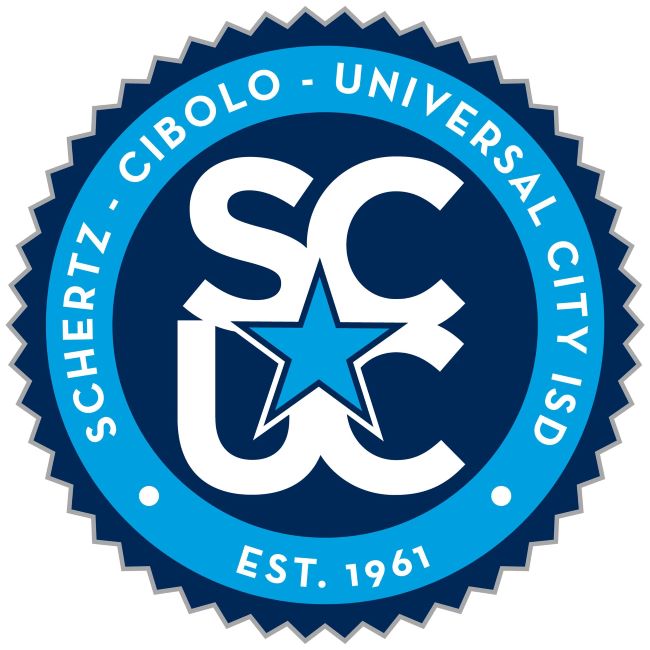Program Model Defines Bilingual and ESL Certification Requirements
Bilingual and English as a Second Language (ESL) certifications continue to be state-level shortage areas, but some flexibility may be available based on the program model delivered by a school district.
Several models of instruction, as identified by TEC § 89.1210, exist to provide different avenues for addressing affective, linguistic, and cognitive needs of English learners. Certification requirements for delivery depend on the program model choice.
The four bilingual education models include:
- Transitional bilingual/early exit
- Transitional bilingual/late exit
- Dual language immersion/one-way
- Dual language immersion/two-way.
The ESL program models include ESL/content-based and ESL/pull-out program.
Bilingual Program Models
A teacher instructing English learners in a transitional bilingual/early exit and the transitional bilingual/late exit programs must be certified in bilingual education. Program participants use their primary language as a resource while acquiring full proficiency in English. The student’s primary language is used to provide instruction in literacy and academic content. For the early exit program, success in English instruction should occur no later than five years, while the target timeframe for the late exit program is six to seven years.
The dual language immersion/one-way and two-way are bilingual/biliteracy programs serving English learners in English and their primary language. Instruction in the primary language must be delivered by a teacher certified in bilingual education. Instruction provided in English in these program models may be delivered by a certified bilingual educator or a teacher certified in ESL.
ESL Program Models
An ESL/content-based program model is an English acquisition program used to target English language development in English language arts and reading, mathematics, science, and social studies. The teacher needs to be content certified and ESL certified for the assigned grade level.
An ESL/pull-out program serves students through their English language arts and reading instruction. The teacher must be ESL certified and the delivery of instruction may be provided through a pull-out or inclusionary delivery model.
Building Program Models
School districts should build language programs to best serve English learners and eliminate the need for bilingual education exceptions and ESL waivers. This begins by selecting a bilingual/ESL program model that fits the needs of the students, families, and the community.
Staff and resources can be maximized for a bilingual education program by clustering bilingual students at specific campuses. ESL instruction can be maximized through strategic scheduling to cluster and place English learners with teachers who are already ESL certified and have an interest and skill in this area.
Bilingual programs may be strengthened by providing alternative language programs in the upper grade levels using ESL certified teachers. Providing sheltered instruction training to all content teachers can strengthened the district’s ESL program.
Recruitment & Retention
In the spring of 2018, PEIMS data indicated 1,015,182 English learners attended Texas public schools in grades Pre-K through 12. Forty-seven percent of these students participated in a bilingual program and 48 percent participated in an ESL Program. English learners currently make up 19 percent of the total student population.
Recruitment and retention of bilingual and ESL certified teachers should be strategically evaluated each school year.
Following are some recruitment efforts to consider:
- Loan forgiveness programs
- Salary supplements, annual stipends, and hiring bonuses
- Partnerships with local university programs/student teaching/Grow Your Own
- Alternative certification programs
- Teacher pipeline programs (CTE teacher prep at HS)
- State and national conferences
- International recruiting
Retention efforts may also include the following:
- Salary supplements and annual stipends
- Recognition programs including awards, program spotlights, media coverage
- Empowerment (e.g., leadership opportunities, conference presentations)
- Additional monies for resources and resource development
Resources
Many resources on educating English learners, certification and program requirements, and building successful programs can be found on the TEA Bilingual Education Exceptions/ESL Waiver webpage.

Karen Dooley
Karen Dooley joined HR Services in 2016. She provides oversight to a team of consultants providing staffing services, HR reviews, and other projects. She provides training and assists school districts with their HR-related needs. Dooley is a seasoned administrator with more than 17 years of HR experience in Central Texas districts as a coordinator, director, and assistant superintendent. She also worked as an assistant principal, counselor, and teacher, and holds a superintendent certificate.
Dooley received her master’s degree from Prairie View A&M University and her bachelor’s degree from Texas State University.
HR Services

Subscribe to HRX
Stay up to date with all the latest HR news and trends by joining the HRX mailing list!





